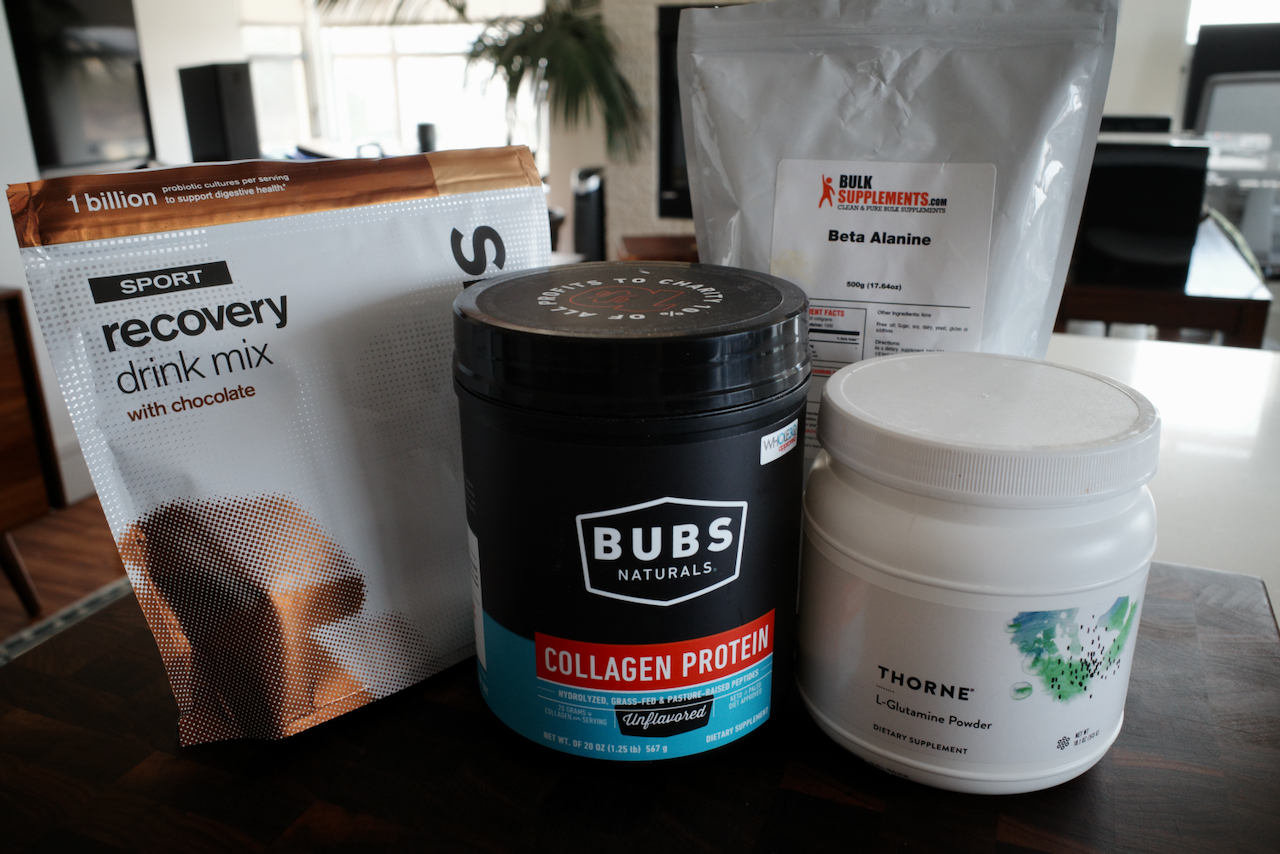
16 Minute Read

16 Minute Read
Let’s get this out of the way. I’m definitely not a qualified medical person to be giving out any kind of official advice when it comes to nutrition. These are simply my views only, and they’re based entirely on my own personal experience.
I’m also not sponsored by any of the products mentioned here in this post! I wish I were, but the closest I have is to provide you some links (affiliate links if you feel like you can help sponsor this content) and point you in the right direction towards certain products.
So the other day I went out for a ride before going on call for work again and I found myself going a bit further and harder than I originally intended. Fun, right? We’ve all done this before.
I was extremely exhausted after this ride. I’ve done this exact route before, I actually call it my “BAMF” route, if you’re familiar with the term, but for whatever reason, my training and nutrition lately haven’t been quite as good as it has been. Not sure why exactly, but that’s not the topic for discussion here.
I knew when I got home, I had to immediately get myself along the road to recovery.
Well, during any kind of strenuous activity, your body’s muscles work hard, take in energy in the form of glucose, combines it with oxygen that you breathe in, converts it into ATP (energy) for your body’s cells to use, and expel waste products such as ADP and others like lactic acid, which often are associated with feeling sore.
Well, this explains things better, taken from Scientific American:
As our bodies perform strenuous exercise, we begin to breathe faster as we attempt to shuttle more oxygen to our working muscles. The body prefers to generate most of its energy using aerobic methods, meaning with oxygen. Some circumstances, however—such as evading the historical saber tooth tiger or lifting heavy weights—require energy production faster than our bodies can adequately deliver oxygen. In those cases, the working muscles generate energy anaerobically. This energy comes from glucose through a process called glycolysis, in which glucose is broken down or metabolized into a substance called pyruvate through a series of steps. When the body has plenty of oxygen, pyruvate is shuttled to an aerobic pathway to be further broken down for more energy. But when oxygen is limited, the body temporarily converts pyruvate into a substance called lactate, which allows glucose breakdown—and thus energy production—to continue. The working muscle cells can continue this type of anaerobic energy production at high rates for one to three minutes, during which time lactate can accumulate to high levels.
So basically energy (which can come from any of the major macronutrients, which is a whole other topic) plus oxygen equals output, but without enough oxygen in the input side of things, lactate is created by your body to make up the slack, with the intention on dealing with it later.

I’ve found that the soreness that’s associated with leftover lactic acid can be particularly bad the second day after a hard endurance ride, as these leftover byproducts of training really have had a chance to settle in to your muscle fibers.
Additionally, muscles actually tear, but not in the way that you may hear about it from others, or in serious cases when something goes wrong during exercise. They actually tear on the microscopic level. And your body needs to rebuild those tears. Hopefully in stronger ways as your body adapts to what it perceives as its new physical demands.
It’s why body builders sometimes use that term “ripped” when referring to someone having a lot of muscle!
Ah yes, protein, the building blocks of muscles as we were all taught in school.
After a hard or difficult ride, our muscles have gone through a lot. And you feel it, usually in soreness or in a sense of reduced strength in doing other tasks that are typically quite easy.

During the few hours after your ride, your body is going to be looking for protein in whatever form it can find it. A lot of people are just fine with eating a good meal after a ride to get all their nutrients, but others choose to supplement it with more direct sources of protein. A few good / easy reasons for this:
This is more body-building territory, and I won’t claim to have much expertise here specifically, but when a body builder is really working out hard and consistently, they’re often recommended to take in about 1 gram of protein per pound of body weight every day.
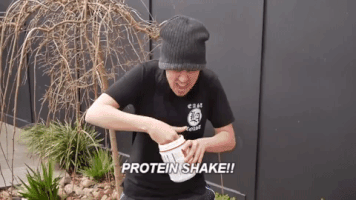
That’s a LOT of protein, so it’s important to have clean sources of protein that provide the nutrients they need while also not bringing along a lot of unnecessary fat or carbohydrates.
What additionally complicates some of the above is the fact that our bodies can typically only digest about 25 grams of protein at a time. This is what i’ve always found confusing about those “more intense than normal” Muscle Milk Pro bottles you see at the grocery store that include about 40 grams of protein per serving. A lot of that, when ingested at once, can’t really be fully used, so it’s better to stretch it out a bit into more than one serving to make sure to maximize the protein that your body actually uses.
You’ll typically see around 25 grams of protein per serving on a lot of protein bags out there:
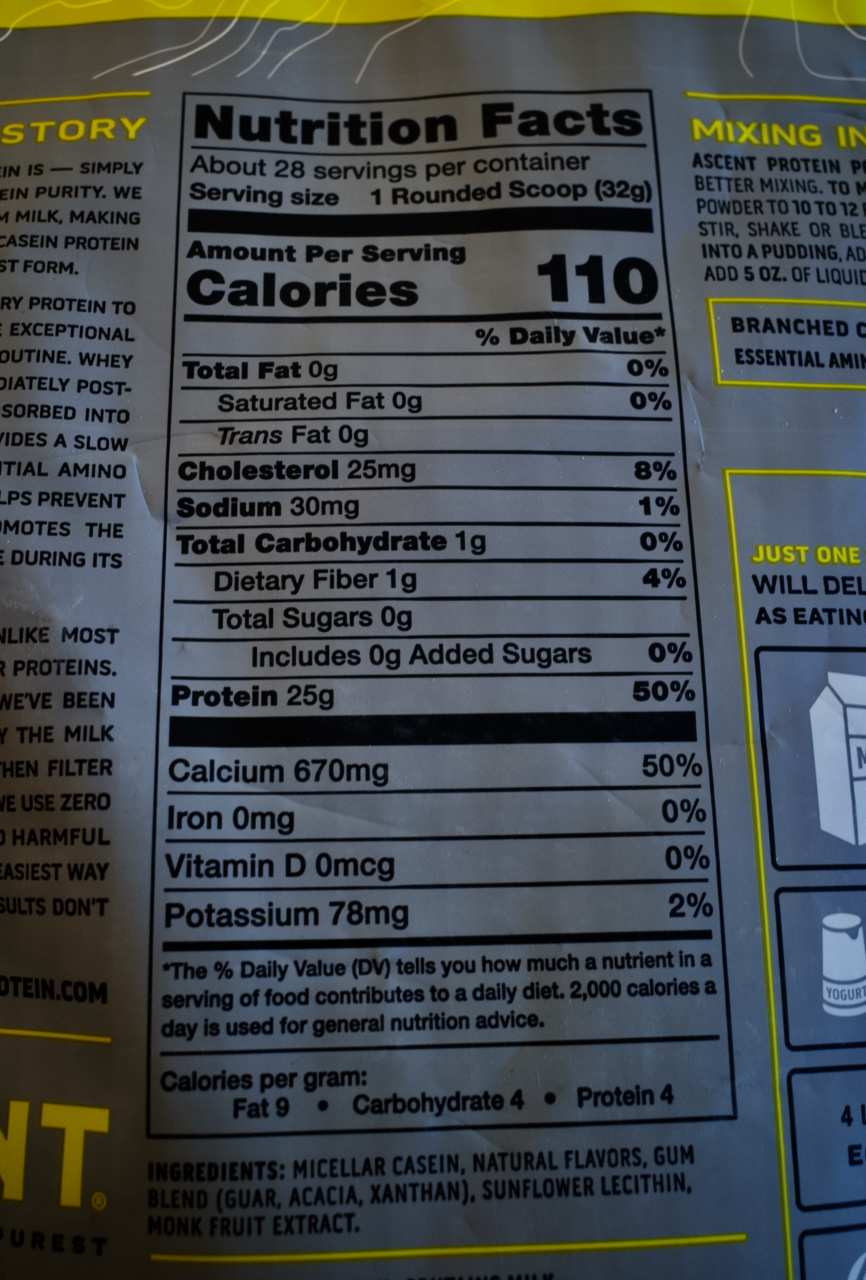
Luckily, there are a lot more forms of protein that are readily available today compared to times past. This is great, because those who have trouble with digestion of certain types of foods now have many options to choose from to get their protein. Typically you’ll find a few types:
Based on animal products such as dairy, Whey has long been the staple for people, as it’s relatively easy to come across in our dairy-centric economy of the US, and provides a lot of “bang for the buck”, so to speak, as you tend to get a lot of protein cheaply.
From soy beans, soy often has a stigma to it, as it includes isoflavones, which are a type of phytoestrogen, a plant estrogen. It’s a weaker form of estrogen, but the stigma has remained that it can “make men more feminine.” It’s basically been disproved, though, as to emulate that effect would require a very large amount of soy in the average human. It’s a similar misconception with soy milk.
Usually from peas, this one is the new kid on the block. I’ll admit that their taste can often be a bit much, unless you’re already comfortable with a vegetarian or vegan lifestyle, but some are not too bad. There’s some promising research going on in this new and existing world of plant-based foods, as evidenced by the recent Netflix documentary and a lot of literature, including the Plant Based Cyclist book that GCN has been promoting for some time now (the price on this one seems to vary widely depending on which seller you select).
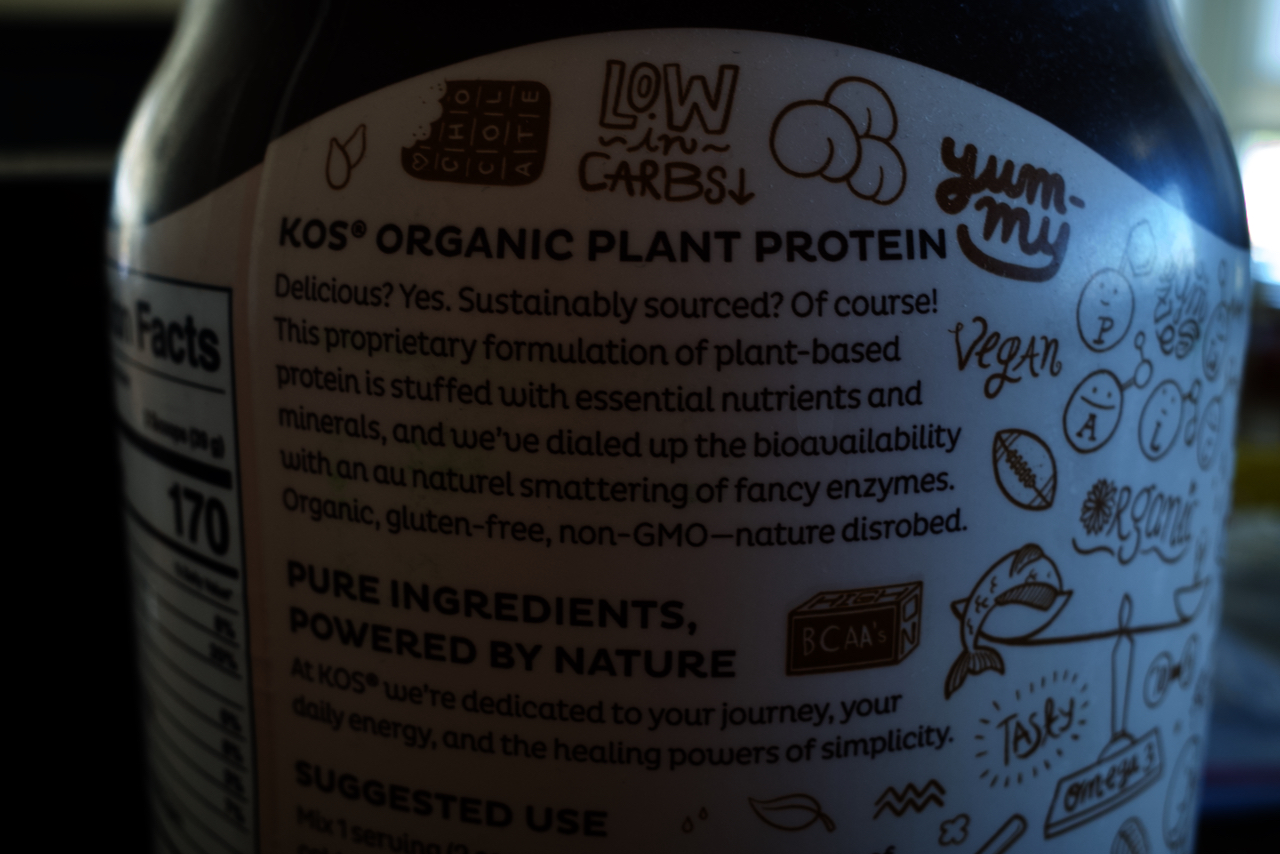
One more mention here, as this one is a bit newer to me these days. It doesn’t completely fit in with the above types of proteins, but is a protein nonetheless. It’s often marketed towards those who wish to supplement nutrients to help their skin’s elasticity, but there has been more recent research showing that collagen can help retain elasticity in your muscle fibers, helping them grow and operate to their full capacity as we grow older.
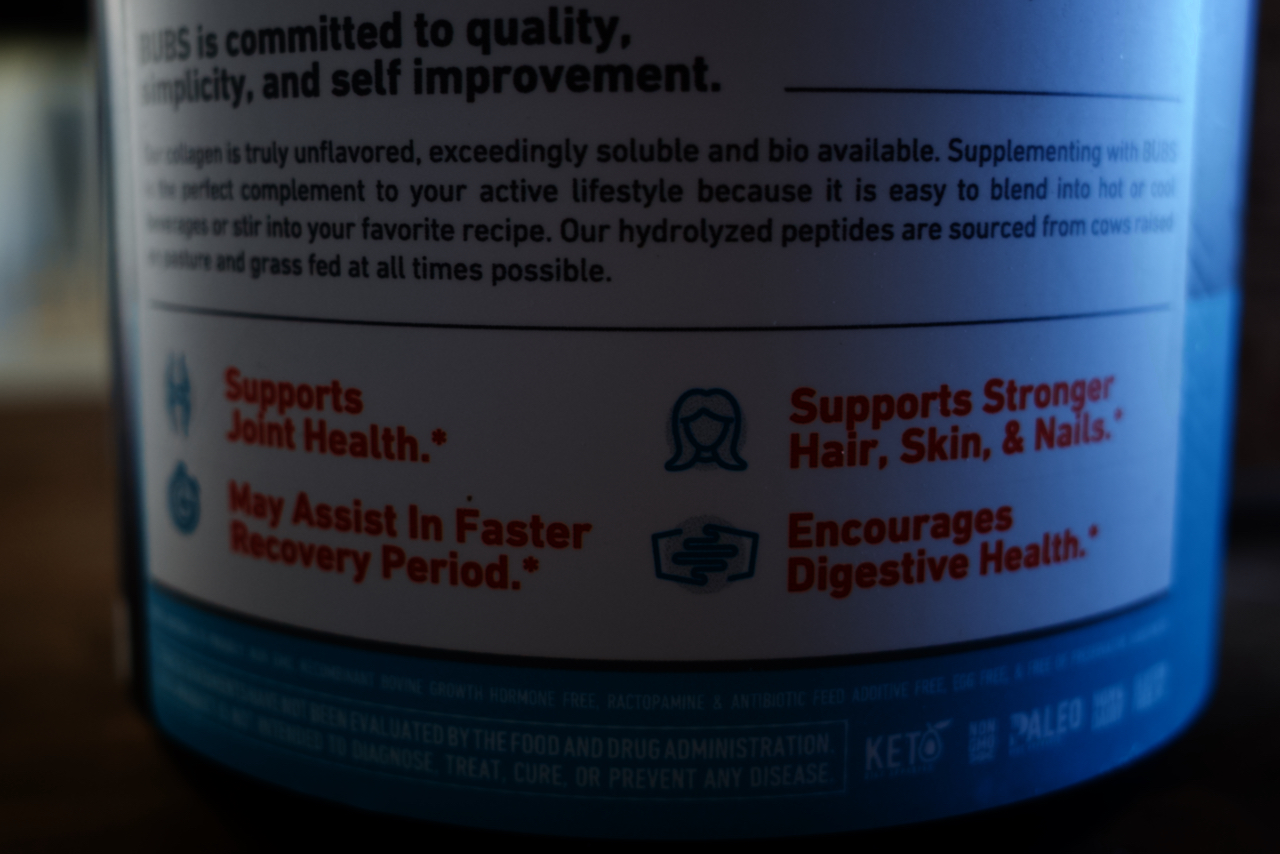
Keep in mind that the sources for collagen protein are typically bovine-based.
Beyond simply the type of protein that’s available, you’ll also see other distinctions made. When buying a protein supplement, often you will see a distinction as to what concentration of protein it has, along with the relative percentage of it in a single serving.
So most protein supplements you’ll see will say X% isolate and Y% concentrate.
This stuff tends to be more expensive, mainly because it’s more difficult to make apparently. It’s a reduced form of protein that’s easier for your body to quickly pick up and utilize. Given that, though, it doesn’t last long in your system.
Not as expensive, and requires more “work” for your body to utilize it in the way it needs to, but does have the advantage of giving you a bit more of a “slow burn”. Your body can only metabolize so much at a time anyway, so more of this stuff will be more readily available for your body over a greater interval of recovery time.
So for casein protein, take that concept of concentration a bit further. It’s a very dense protein (the shakes can sometimes come out a bit more thick by comparison) but is a great choice that body builders have been using for years just before going to sleep. Having some casein in your system really lets your body have a longer, slower uptake of protein while your body sleeps to recover those tired muscles.
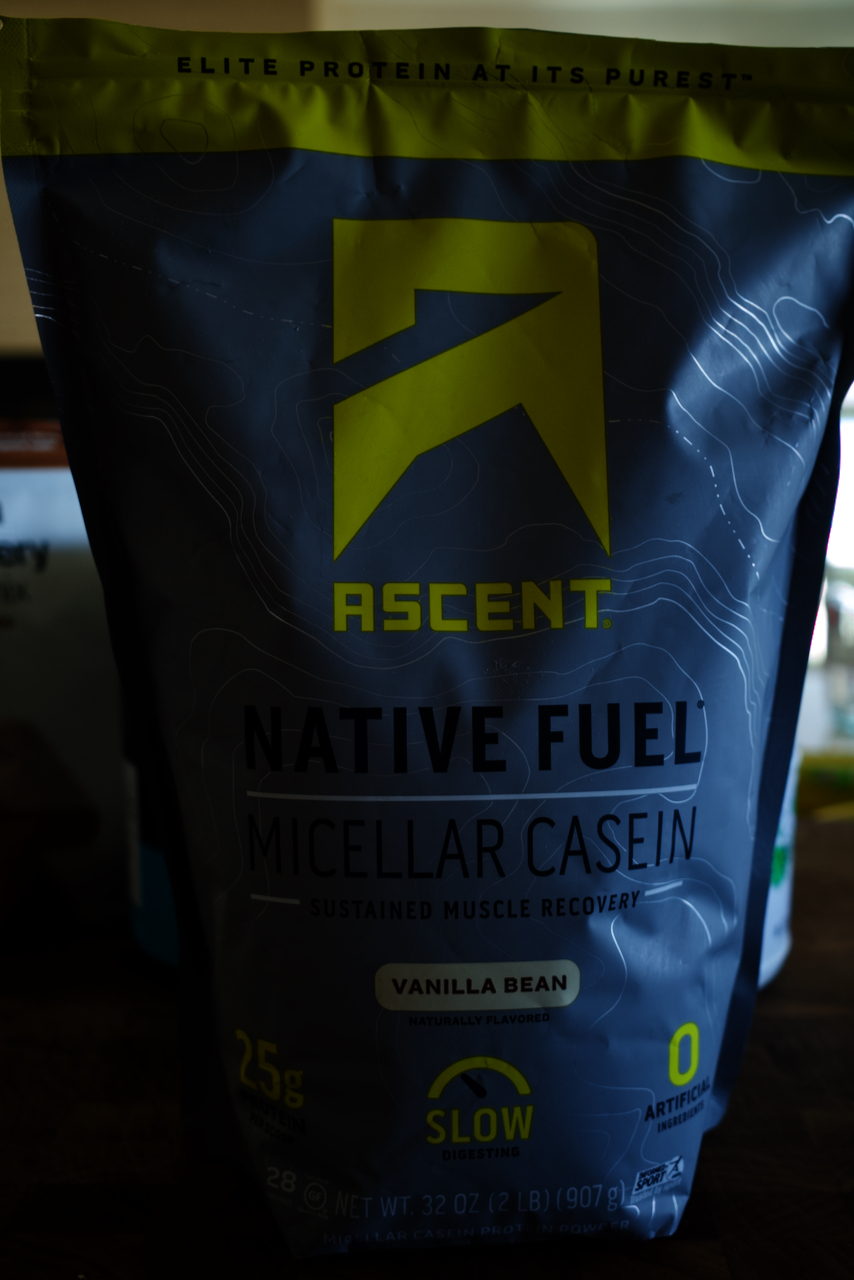
I actually really like using casein protein as a cyclist, but mainly after really difficult rides, and especially if I know I have another ride planned the next day or the day after. I feel like this isn’t very commonly used among cyclists, as I think most riders are not typically expecting to build as much muscle as someone like a body builder might.
If you’re really good about keeping up with your nutrition, eating a good, healthy, and balanced meal after a ride with good, lean protein as a focus, can be a better choice than simply relying on a single protein shake. It will give you a bunch of other goodies like carbohydrates (more on that later), fats, and various minerals (I’m looking at you, magnesium), including trace ones that are often difficult to find in any kind of post-workout shake.
Personally, I’m not all that great about doing it this way, though, as for a long time, my recovery meals often included a trip to my local Dominos.

Beyond simply knowing about various kinds of protein, there are a lot of other things to consider when it comes to muscle recovery.
Like a lot of what has already been mentioned, the topic of the anabolic window is up for debate among the nutritional community. The idea is that there is a typical window of time after your physical activity where your body can properly build muscle rather than tearing it down. This period of time is referred to as the “anabolic window”, as opposed to the “catabolic window”, where the opposite occurs.
If you’ve ever wandered the aisles of a health food or supplement store and seen BCAAs on the shelf, these are called “branched chain amino acids” and can help keep your body in an anabolic window for longer. They’re most often marketed to body builders to help build more muscle mass if supplementation is used during a workout in addition to directly afterwards. They represent a series of amino acids that make up the components of protein and muscle, most of which you typically can attain from a good diet and others that your body makes naturally.
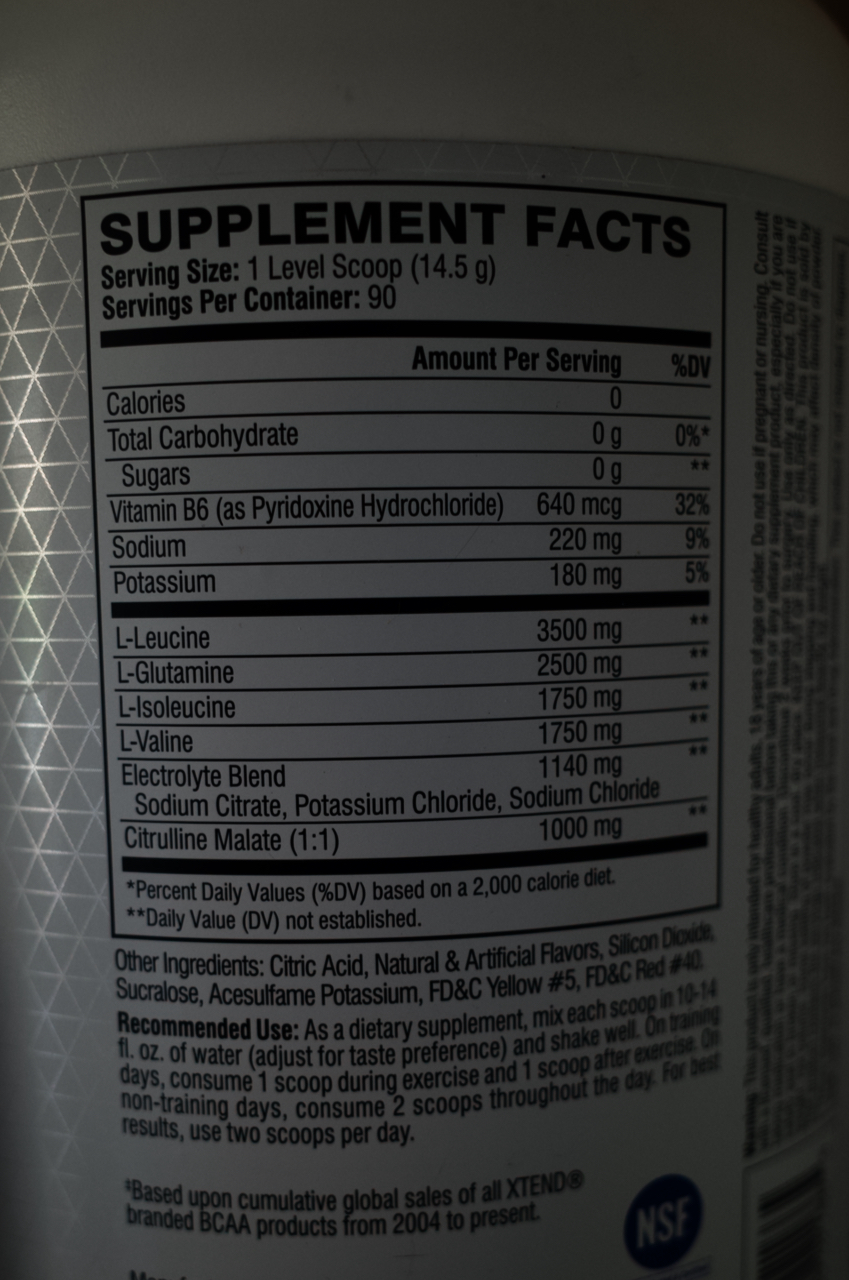
I personally don’t use BCAAs for muscle mass, but I do occasionally use them during rides. Besides usually being quite tasty, there is some research out there about the use of BCAAs contributing to your brain and its “perceived exertion” of an activity. If you choose to go this route, be aware that most BCAA mixes do not include carbohydrates, which you will need both during and after a hard activity.
A lot of people think carbs are bad, mainly due to the most recent fad diets. There are reasons for people to get on those diets, I’m sure, but as a cyclist, your main source of energy during a ride is glycogen, something that you primarily create from carbohydrates.
If you’ve ever done a scientific test on a bike to measure your VO2 max, a measurement of your efficiency at utilizing oxygen during exercise, you will be given a threshold value that’s usually about 60% of what your VO2 max is measured. This threshold determines at what point your body begins to use more carbohydrates as opposed to fats to get its energy. It’s pretty fascinating to know this number, but carbs in your diet are really important when training above this range.
On the other side of this number is the fat burning zone, something that’s talked about much more extensively over at TrainingPeaks. If you’ve ever heard someone talk about “zone 2 training”, it typically overlaps with this one.
After training, your glycogen stores are likely depleted, and carbohydrates are going to help you refill those stores, especially if taken in during the anabolic window mentioned above.
This is where you’ll see some significant differences between different recovery mixes from company to company, as most recovery mixes definitely focus on more protein than carbohydrates, primarily because the audience for those products tends to be larger. Skratch is one of my favorites here, as they include about a 4:1 ratio of carbohydrates to protein that definitely lend itself to replenishing those glycogen stores quickly.
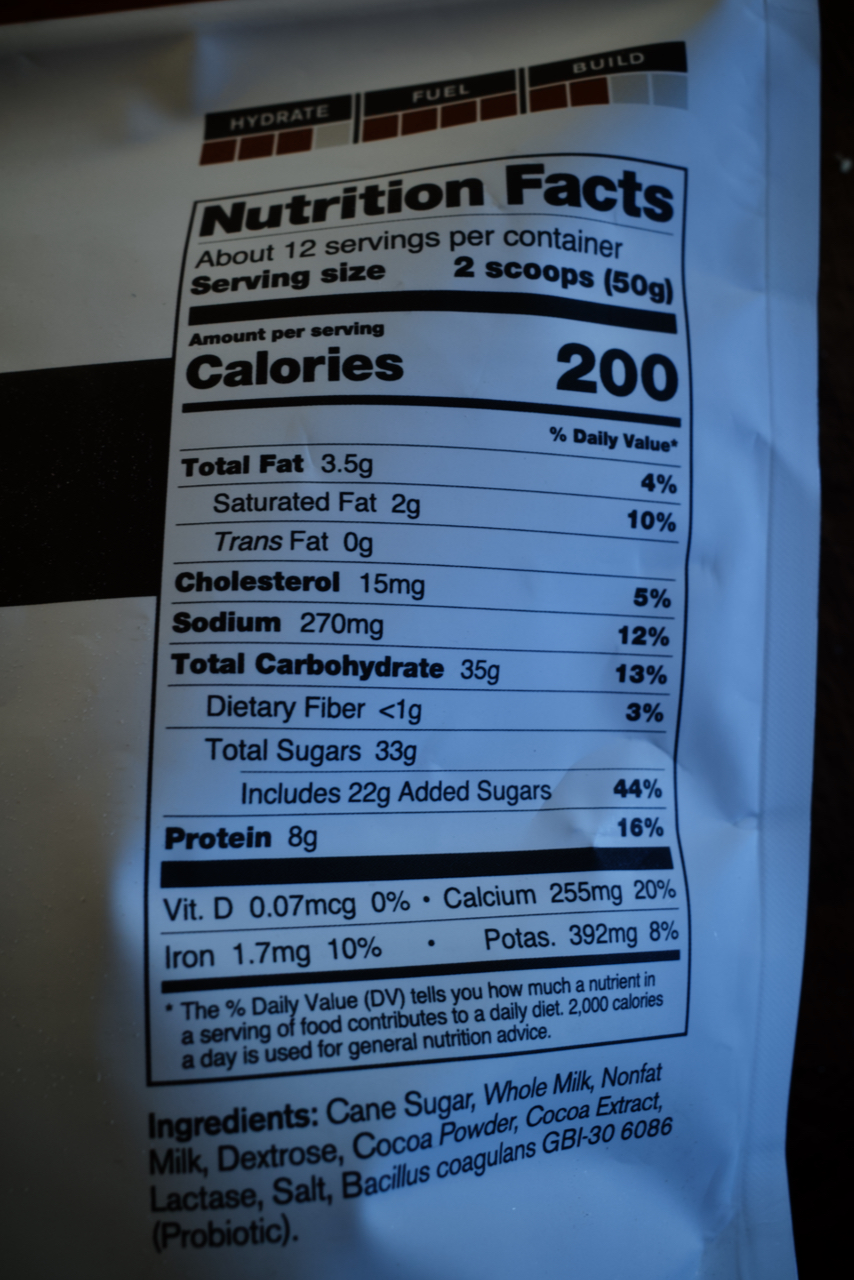
I recently was speaking with a friend about these, as they tend to be very much marketed to every endurance sport for hydration during activity. On longer rides, I absolutely ride with them, typically in my bottles in the form of Skratch or Hydrafit (from Italy, so it’s a bit difficult to source in the US, but are a huge sponsor of the Tour de France and the Giro d’Italia), and they definitely tend to help me keep muscle cramps away.

However, my friend pointed out that a lot of what is being marketed about electrolytes is false, or at least the studies behind their claims aren’t very reproducible. Our adrenal glands are apparently quite good at maintaining our sodium and potassium levels (the two main “electrolytes”), so it’s actually more likely to over hydrate than to underhydrate. It’s a fascinating topic.
For recovery, I think some amount of electrolytes are important if you’re feeling particularly depleted, possibly more so in hotter weather conditions or if you simply didn’t drink enough while on your ride. To be honest, that’s typically my problem, so I don’t mind having some electrolytes to finish off my ride as part of my recovery when I get home.
There’s a lot to be said here, too, but Nuun and other brands have been marketing things like tart cherry and magnesium in their “rest” related drinks. During exercise, a lot of oxidation occurs in your blood, and sometimes that heightened percentage of oxygen, especially if training with other supplements like nitric oxide, can stick around and not quite give the body the chance it needs to fully relax from the efforts of the day. These minerals can help here, along with other antioxidants, a lot of which you can get from a good post-ride meal.
Going back to the electrolytes earlier, I actually really like the Hydrafit stuff from NamedSport, but it’s difficult to find here in the US. They’re an Italian company and despite being new to the industry, have quite a pedigree elsewhere, and are a huge sponsor of both the Tour de France and the Giro d’Italia. What I find most interesting about this drink is that it includes magnesium in addition to electrolytes. Magnesium helps balance out the electrolyte levels in your body while also having a bit of a calming effect on your muscles, as anyone who is familiar with what an “epsom salt bath” is will tell you.
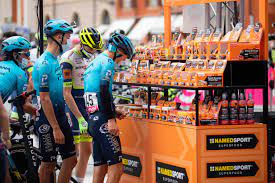
Glutamine is an amino acid, and deserves its own call out from the point mentioned previously. It’s apparently one of the most abundant ones in your body, but because it’s transported around via your blood stream, it can have two noticeable effects more specific to cyclists:
There’s a bit of research on this one, but from the LiveStrong foundation:
PubChem notes that one of the main roles L-glutamine plays in muscle recovery is moving nitrogen atoms from wherever they are to where they are needed. To build muscle, you need to maintain a positive nitrogen balance. After a heavy workout, rushing nitrogen to your damaged muscles stimulates tissue repair. If glutamine is lacking in the body, the damaged tissue may stay damaged because it doesn’t have the materials to rebuild. For endurance athletes, L-glutamine helps boost the immune system after an extended event like a marathon.
This is the best way I can describe this, but often during heavy workouts, a lot of types of fuel is eaten, especially during longer events. This can take its toll on your stomach, so endurance athletes have to be very aware of what kinds of products they can handle and at what point during the event. And this is beyond simply getting enough energy for the event itself.
Glutamine is actually recommended by doctors in some cases to treat various kinds of stomach and intestinal related issues, and so can also help calm and settle your stomach after heavy activity.
There is definitely a lot to the above. A lot of it may be applicable to you, a lot of it may NOT be. Because our bodies are so complicated, there’s not going to be one particular recovery regimen that works for everyone, so it’s important to do some reading and then to try out new things carefully and at your own pace. If you’re not a cyclist regularly pushing yourself to exhaustion, perhaps you don’t need post-ride supplemental glutamine. Or if you’re a very devoted vegan who regularly watches their food intake, perhaps you may prefer to eat whole food after rides as opposed to ingesting protein supplements. It’s really up to you!
Some of these may be affiliate links (please feel free to support my efforts here by clicking on them if you can, please), but these are my personal recommendations that I’ve found to be very good for me and for my cycling.
This gives me about 8g + 18g of protein along with about 5g of glutamine, and it’s a tasty combination that works out very well for me.
We didn’t really talk about these above, but I’ll mention them here for perhaps some future reference.

And that’s it!
Do you have any recommendations for recovery after a long ride? Perhaps a beer? Let me know!
